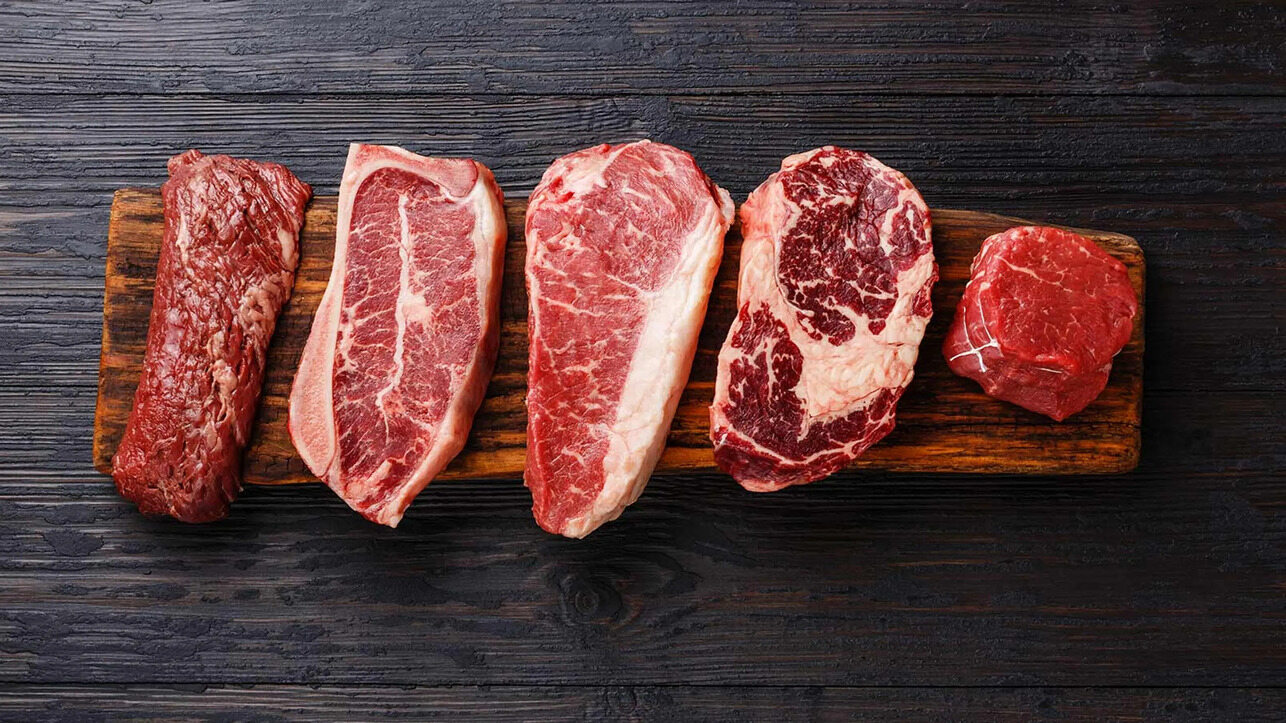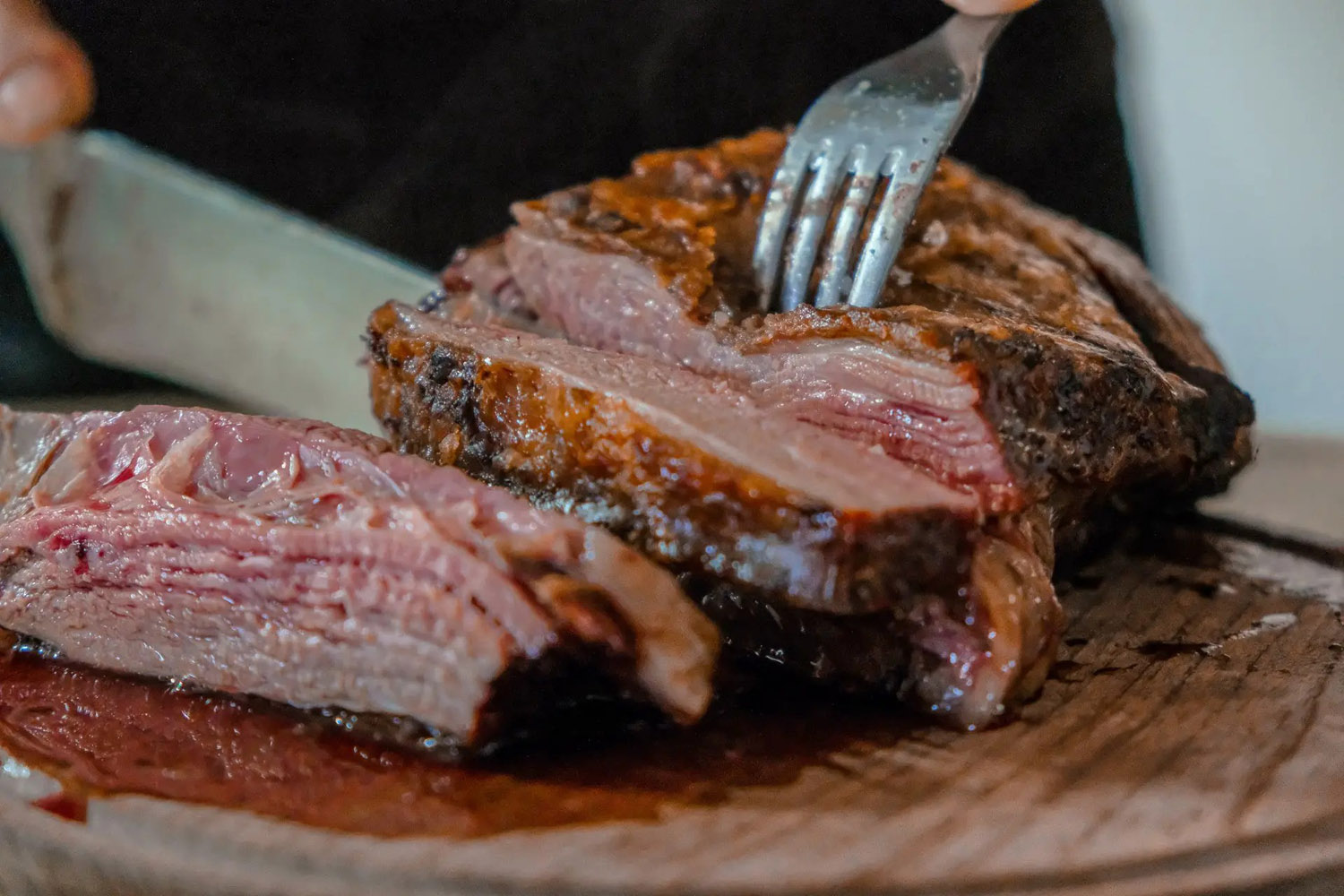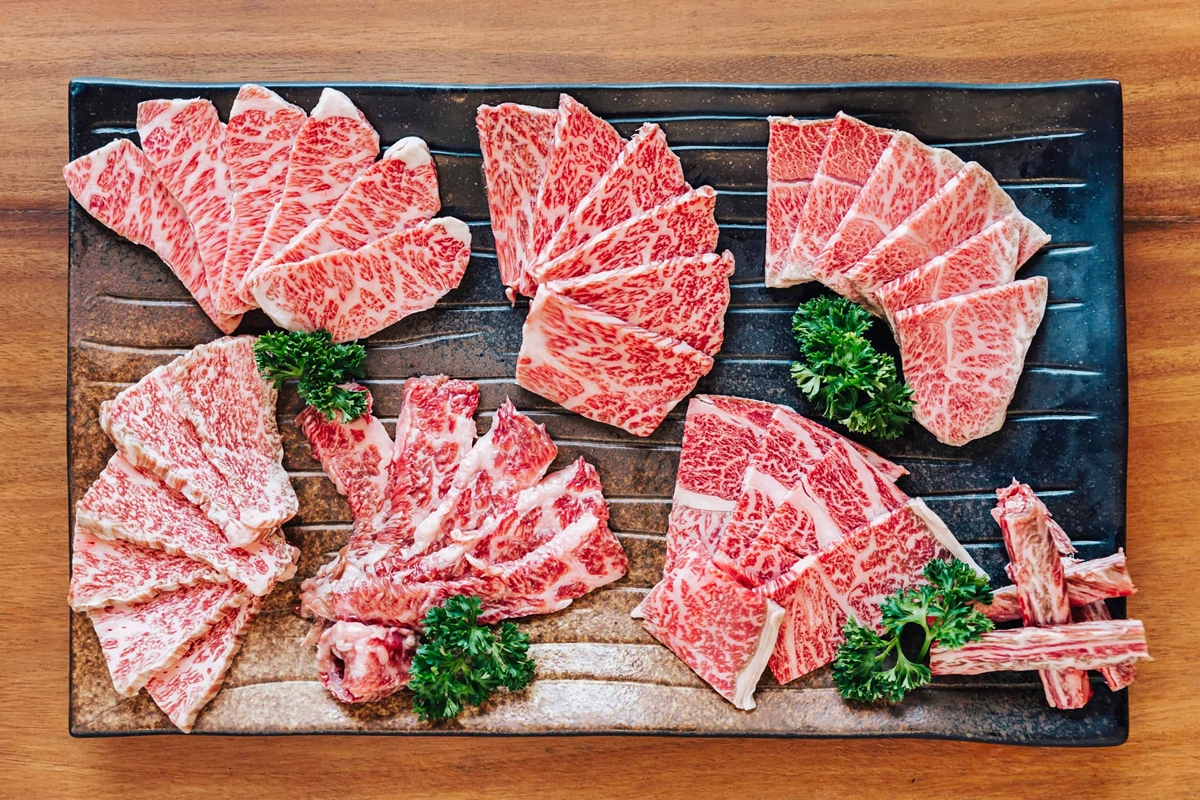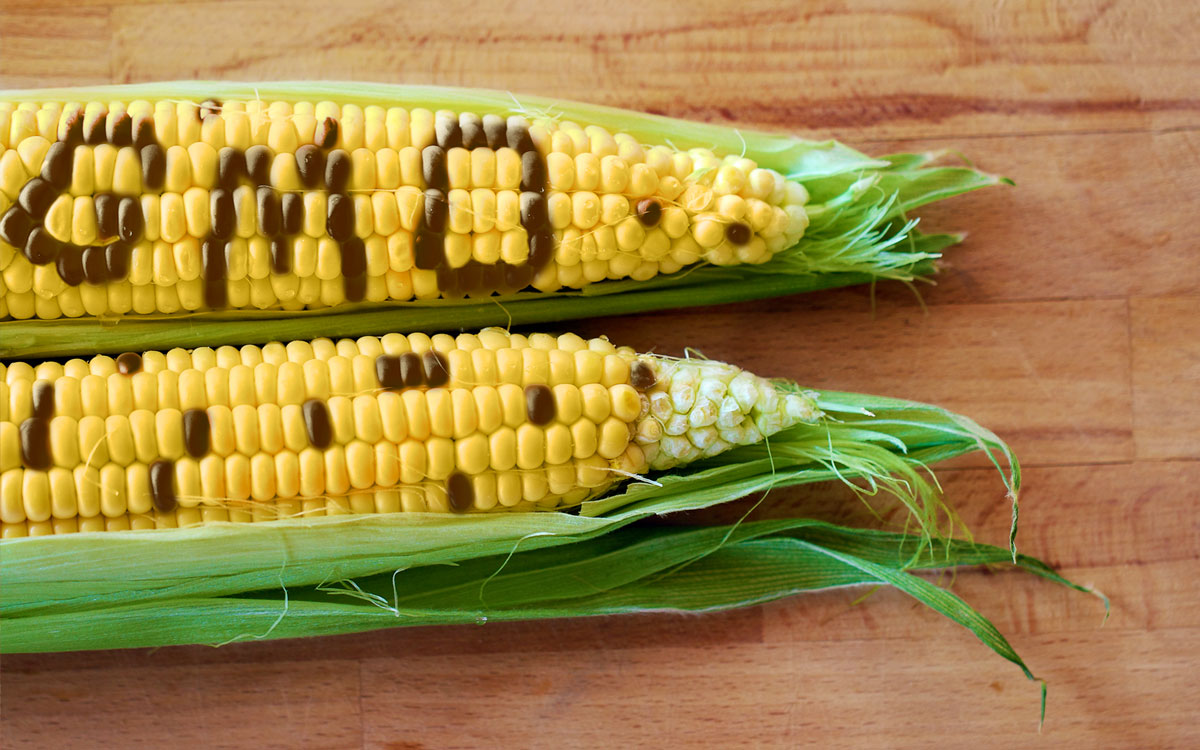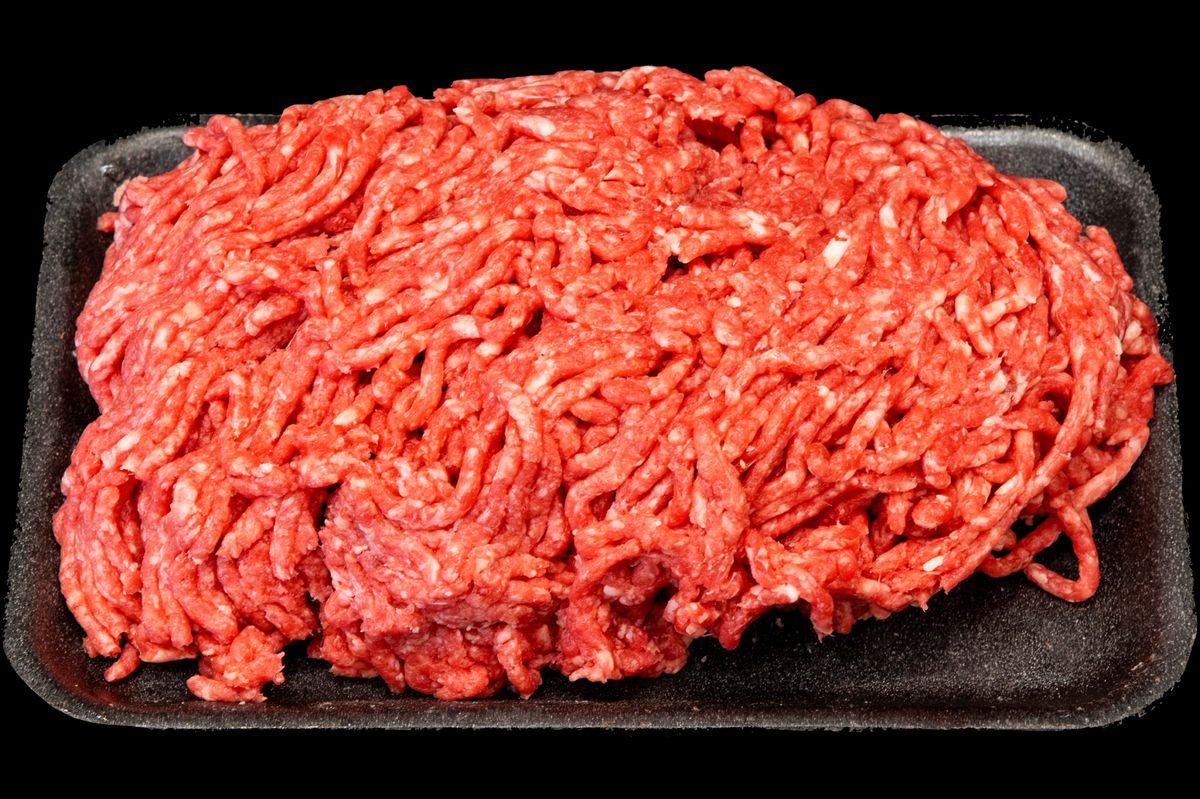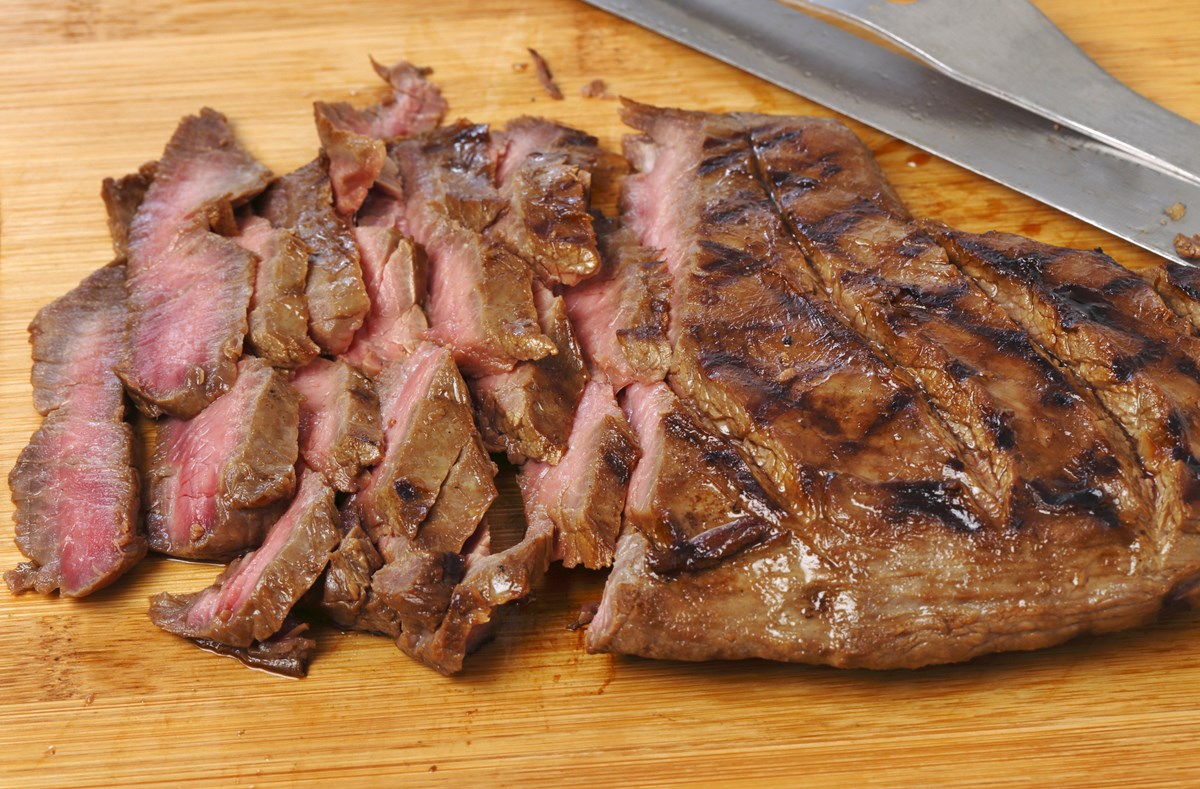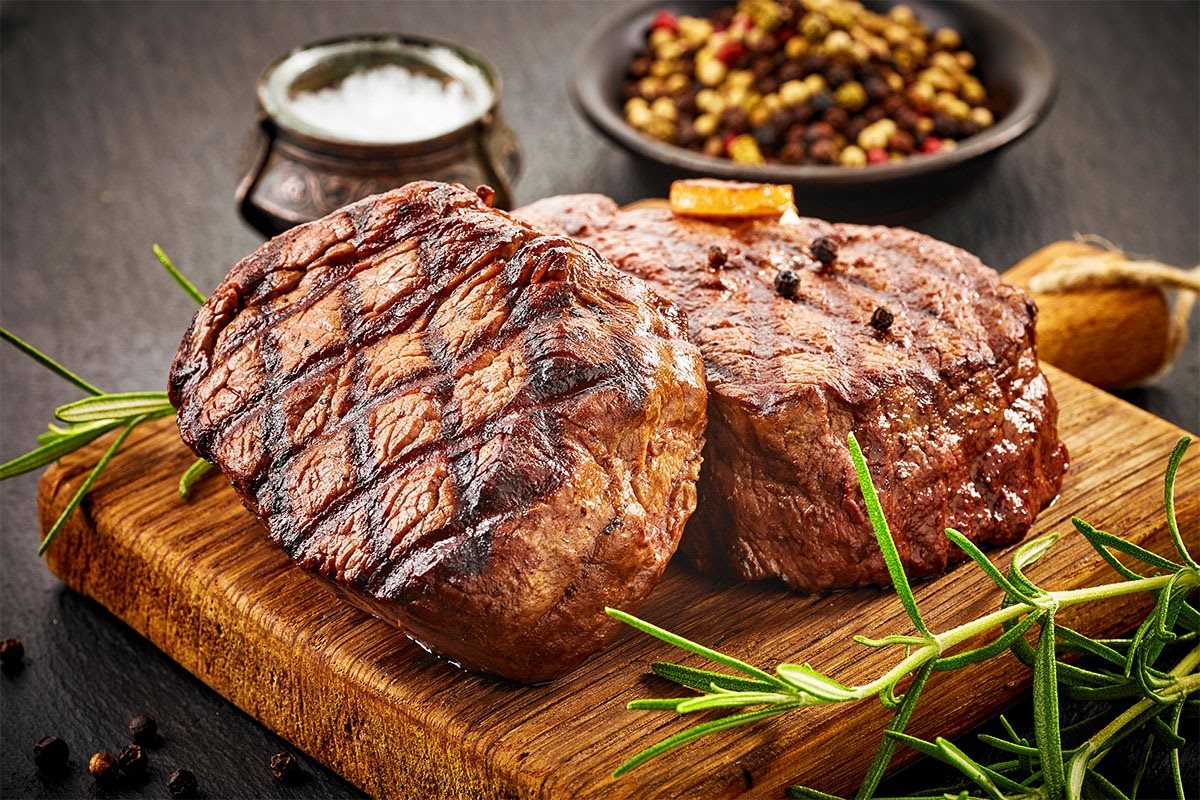Decoding Your Meat: A Guide to USDA Beef Labels
When shopping for beef, have you ever found yourself staring at the various labels and wondering what they all mean? With so many choices available, it can be challenging to understand the differences between the different USDA beef labels. But fear not, because we’re here to help you navigate through the confusion and make informed decisions when selecting your meat.
1. USDA Prime
Considered the crème de la crème of beef, USDA Prime is the highest quality grade available. This label is reserved for beef that exhibits exceptional marbling, tenderness, and flavor. It’s the go-to choice for steak lovers who appreciate the juiciest and most flavorful cuts.
2. USDA Choice
Almost as good as USDA Prime, USDA Choice is the second-highest quality grade. It represents a slightly lower marbling standard compared to Prime but still delivers excellent flavor and tenderness. This grade is the most commonly found in supermarkets and is a great choice for those seeking high-quality beef without breaking the bank.
3. USDA Select
USDA Select is the next grade down in terms of quality. While it may have less marbling than Choice or Prime, it still offers a respectable level of tenderness and flavor. Select cuts are a fantastic option for individuals who prefer leaner beef or for recipes where the meat is marinated or slow-cooked.
4. USDA Standard
USDA Standard is the lowest quality grade recognized by the USDA. It is typically not seen on retail shelves and is primarily used for ground beef or processed meat products. While it may not be as tender or flavorful as the higher grades, it can still be a budget-friendly option for certain recipes.
5. Grass-Fed
Grass-fed beef comes from cattle that have been raised on a diet consisting mainly of grass and forage. This label assures consumers that the animal was not given any grain or animal by-products. Grass-fed beef tends to have a leaner profile and can offer a unique flavor compared to conventionally raised beef. Additionally, it is often considered more environmentally sustainable and may contain higher Omega-3 fatty acids.
6. Organic
Organic beef is produced according to strict USDA regulations regarding the animals’ diet, living conditions, and use of antibiotics and hormones. These cattle are raised on organic pastures and provided with organic feed. Choosing organic beef ensures that you’re getting meat from animals that have been raised in a more natural and environmentally conscious manner.
7. No Antibiotics Added/Hormone-Free
If you’re concerned about the use of antibiotics and hormones in meat production, look for labels that specify “No Antibiotics Added” or “Hormone-Free.” These labels indicate that the animals were not given any antibiotics or hormones during their lifespan. While this may not necessarily indicate a higher quality in terms of tenderness or flavor, it provides reassurance for those who prioritize hormone and antibiotic-free meat.
- Decoding the USDA beef labels can make a significant difference when it comes to your dining experience.
- USDA Prime is the highest quality grade, followed by USDA Choice and USDA Select.
- Grass-fed beef comes from cattle raised mainly on grass and forage, offering a leaner profile and unique flavor.
- Organic beef adheres to strict USDA regulations regarding diet, living conditions, and the use of antibiotics and hormones.
- Labels like “No Antibiotics Added” or “Hormone-Free” assure consumers that the meat is free from antibiotics or hormones.
Next time you’re at the grocery store or butcher shop, remember these tips and let them guide you in selecting the perfect cut of beef for your next delicious meal. Happy cooking!

